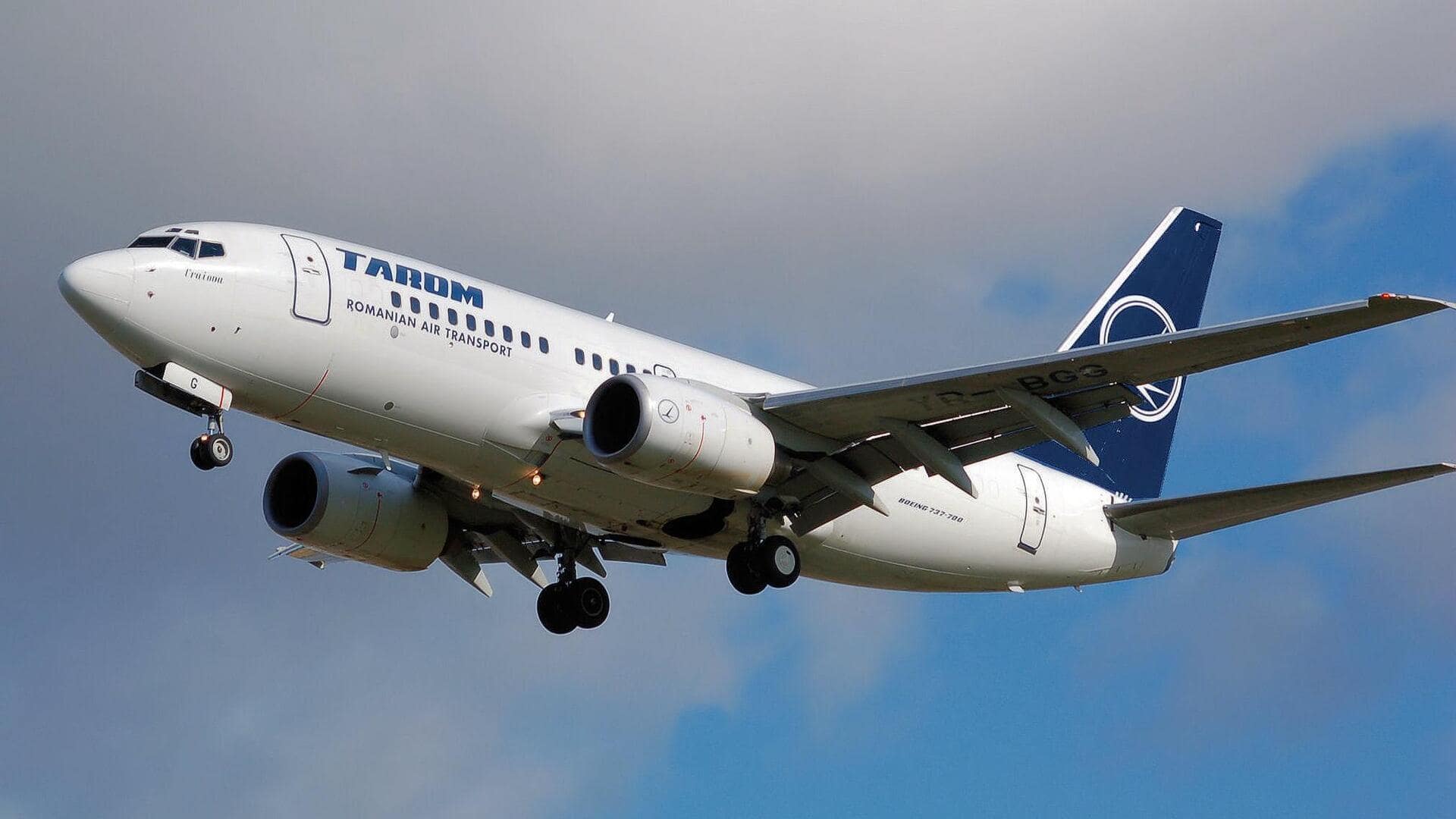
Aviation industry to earn $36B in 2025, $7.20 per passenger
What's the story
The International Air Transport Association (IATA), which represents over 350 airlines worldwide, has projected a combined profit of $36 billion for the aviation industry this year on $979 billion revenues. The expected profit translates to an estimated net margin of 3.7% or a net profit of $7.20 per passenger flown. This projection comes as part of IATA's annual general meeting, taking place in India after a gap of 42 years.
Industry growth
IATA Director General highlights value creation and rising air traffic
IATA Director General Willie Walsh emphasized the industry's contribution to global GDP and job creation. He said, "Our profitability is not commensurate to the enormous value that we create at the heart of a value chain supporting 3.9% of global GDP and providing and supporting jobs for 86.5 million people." Walsh also noted that the real cost of flying has fallen 40% from a decade ago, and air travel demand is on track to surpass five billion annually, despite challenges.
Industry challenges
Addressesing supply chain issues and aircraft delivery backlog
Walsh also spoke about the supply chain problems plaguing the aviation industry, mentioning that the aircraft manufacturing sector is significantly underperforming. He said, "The delivery backlog of 17,000 implies a 14-year wait between ordering and delivery." This is because the number of deliveries planned for 2025 is 26% lower than what was committed a year earlier. Over 1,100 aircraft under a decade old are currently in storage (3.8% of the entire fleet), which is nearly 3x more than pre-pandemic levels.
Manufacturer accountability
Walsh criticizes manufacturers for slow resolution of issues
Walsh criticized manufacturers for their slow response to these issues, saying it could take until the end of the decade to resolve them. He also advocated keeping aerospace out of trade wars. On regulation, he warned that bad regulation can destroy value and hinder affordability. "The litmus test for any regulation is cost-benefit analysis," he said, adding that business leaders take this more seriously than regulators who aren't risking their own money.